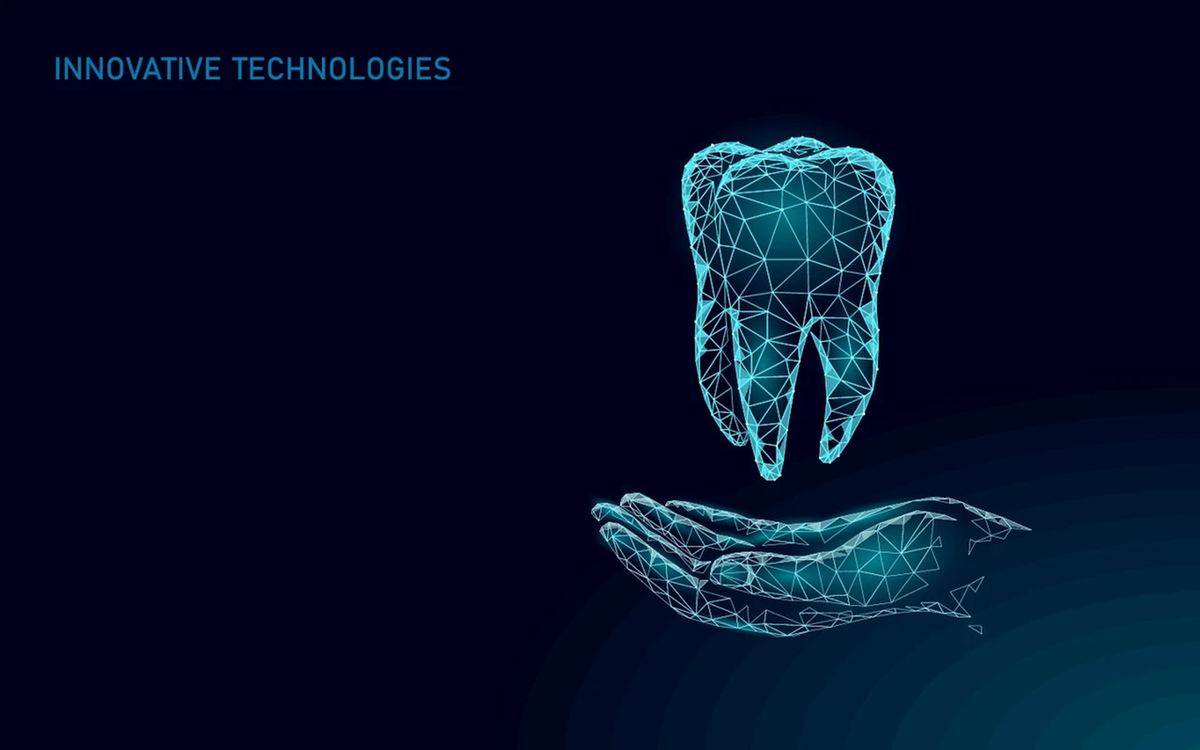Scientists create new material to repair teeth
By ZHANG ZHIHAO | China Daily | Updated: 2022-02-09 10:08

Throughout history, dentists around the globe have been using a variety of materials to repair cracked and damaged teeth, including beeswax, alloys, ceramics and resins.
But now, Chinese scientists have created a synthetic enamel that is much closer to the real thing, paving the way for a new generation of dental repair technologies, according to a study published in the journal Science last week.
Enamel is the thin outer layer that protects the teeth from chemical and mechanical stress, such as oral bacteria, acidic food and chewing, according to the United States National Institutes of Health.
The material has long fascinated scientists. Not only is it the hardest substance in the human body, it is also flexible enough to absorb pressure during decades of chomping.
However, attempts to replicate natural enamel have been challenging due to the substance's extremely intricate and complex mineral structure, which consists of crystalline calcium phosphate nanowires, the journal said.
Worn enamel can be repaired to a certain degree through remineralization, a process of adding minerals back to the teeth. But unlike bones, enamel cannot be regenerated because the cells that make it die after a tooth emerges from the gums. As a result, enamel loss is one of the most common oral health problems.
In the new study, scientists from Peking University, Beihang University and the University of Michigan drew inspiration from the natural makeup of enamel and used an advanced multiscale design to recreate its hierarchical structure.
Similar to how the calcium phosphate rods in natural enamel are covered in a magnesium-rich coating to be resilient, the team upgraded their enamel's coating to zirconium oxide, an advanced ceramic material commonly used in dental implants due to its hardness, non-toxicity and biocompatibility.
In the end, the researchers created a block of enamel-like material that can be cut with a diamond-blade saw.
Further testing showed that the lab-made version could be better than the natural one in some ways, including strength, elasticity and its ability to withstand friction and fracture, according to the study.
However, experts not involved in the study told the journal that it may be years before the new material makes its way into dental surgery, given how difficult it is to make and use it. The study also didn't examine how well the new material bonds to natural enamel, which is crucial for tooth repair.
Nicholas Kotov, a chemical engineer at the University of Michigan and co-author of the study, told Scientific American that one interesting application for the material would be crafting a prosthetic "smart tooth" with sensors to monitor a person's oral health that could send the data to their smartphone.
Besides dentistry, Kotov said the material could also be used to reinforce crumbling bone or make longer-lasting pacemakers for people with heart conditions.
























